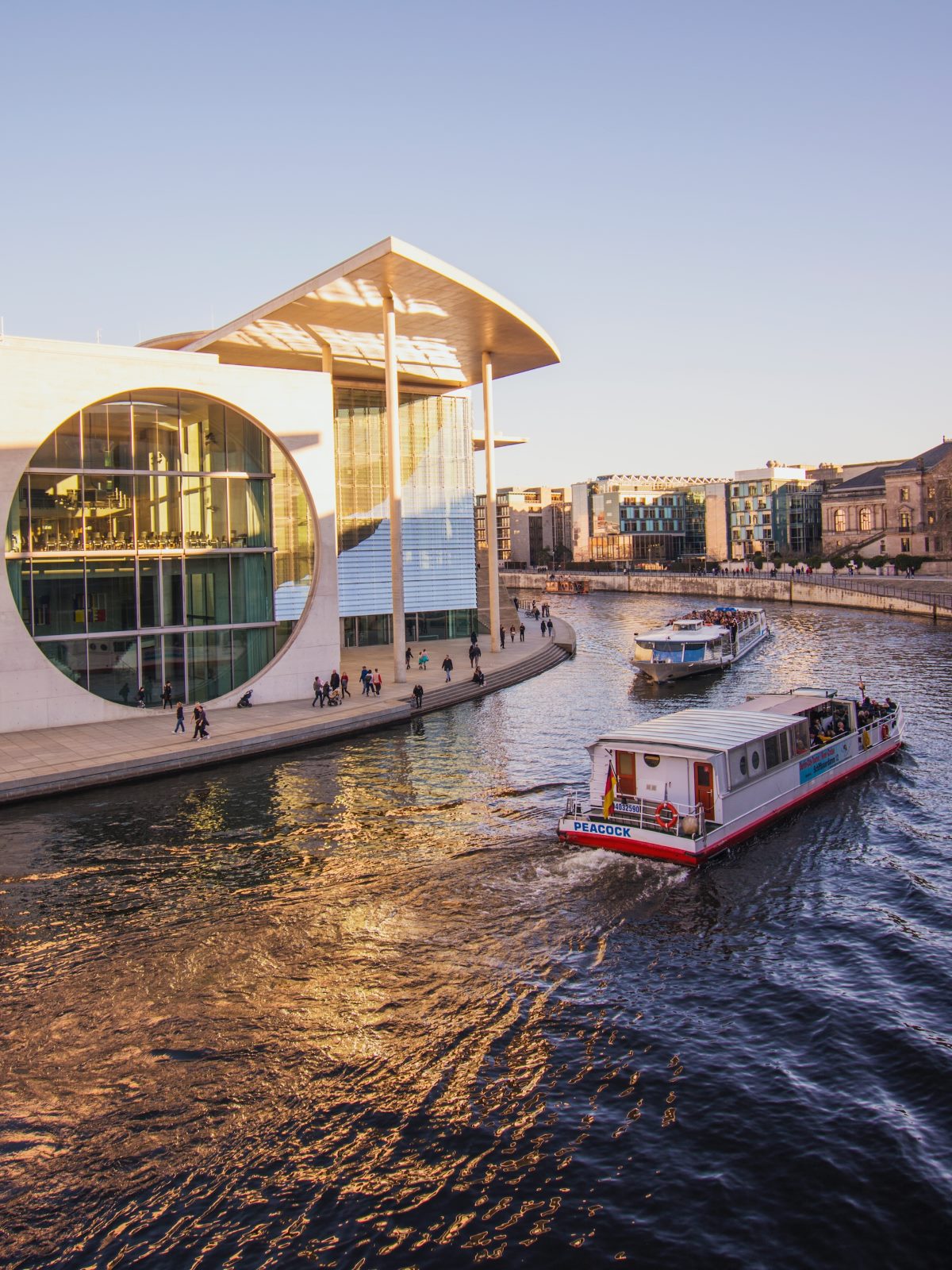If you’re planning a trip to Berlin during the winter months, you might be wondering if you’ll get the chance to witness the magical sight of snow-covered streets and rooftops. Snowfall in Berlin can create a stunning winter wonderland, but is January the right time to expect this natural spectacle? Let’s find out!
Winter Weather in Berlin
Located in northeastern Germany, Berlin experiences a temperate seasonal climate with cold winters and warm summers. The winter season typically runs from December to February, with January being the coldest month of the year. However, the presence of snow depends on several factors.
Average Snowfall in January
On average, Berlin receives approximately 8 to 10 snow days in January, which means there is a good chance of witnessing snowfall during your visit. However, it’s crucial to keep in mind that these are just averages and may vary from year to year.
Temperature and Precipitation
For snow to occur, the temperature needs to be at or below freezing point (0°C or 32°F). Berlin’s average temperature in January ranges from around -2°C to 4°C (28°F to 39°F). This means that while snowfall is possible, it is not guaranteed.
Precipitation also plays a role in determining whether it will snow or not. Cold air masses colliding with warm air masses can trigger snowfall. However, other forms of precipitation, like rain or sleet, may occur instead if the temperature is slightly above freezing.
Unique Weather Patterns
Keep in mind that weather patterns can vary, and Berlin may experience unusual weather conditions even during winter. Occasionally, there may be extreme cold spells or significant snowstorms that can result in more substantial snow accumulation.
Tips for Preparing
If you’re planning a visit to Berlin in January and want to increase your chances of experiencing snowfall, here are a few tips:
- Dress appropriately for the cold weather. Layer your clothing to stay warm and comfortable.
- Check the weather forecast regularly to stay informed about any potential snowfall.
- Explore the city’s charming indoor attractions, such as museums and galleries, even if it doesn’t snow.
- If you’re passionate about snowy landscapes, consider visiting nearby areas, such as the Harz Mountains or the Spreewald region, which may have more consistent snowfall.
Conclusion
While January is generally a cold month in Berlin, the occurrence of snowfall can vary from year to year. With an average of 8 to 10 snow days, there is a good chance of witnessing snow-covered streets, parks, and landmarks during your visit. Keep an eye on the weather forecast, dress warmly, and embrace the beauty of Berlin whether it snows or not.






Leave a Reply